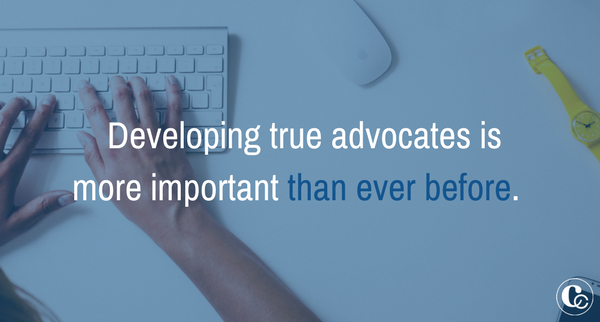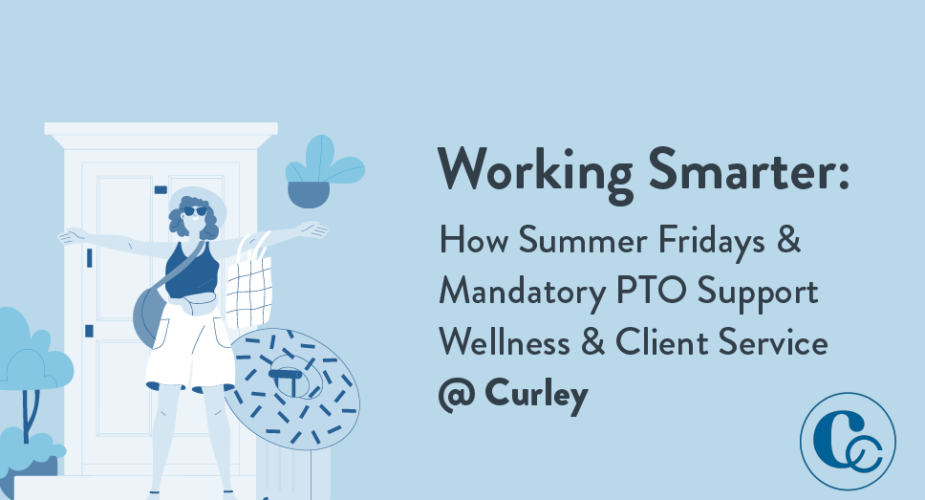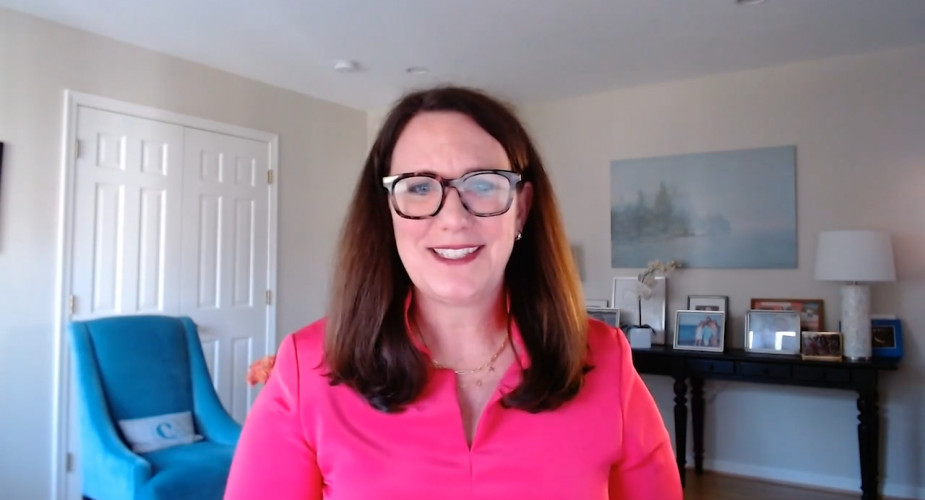What does Facebook fighting fake news have to do with your PR plan?
The short answer? Everything.
With news of Russia’s interference in the 2016 election and hollers of “fake news” coming from both sides of the aisle, social media platforms have been forced to do what they do best: evolve.
Mark Zuckerberg made a resolution earlier this year to “Fix Facebook” by “…making sure that time spent on Facebook is time well spent.” “I’m changing the goal I give our product teams from focusing on helping you find relevant content to helping you have more meaningful social interactions,” he specified in a follow-up post.
When social platforms evolve, we must evolve with them, constantly staying up-to-date on what our audience is engaging with and why.
Quality over Quantity
What’s better 1,000 bots or 15 real followers? Facebook’s new algorithms should have you leaning towards the latter. The recent decision is about leveling the playing field and leaving social competition up to survival of the fittest. Welcome to the 2018 Hunger Games —those with the savviest strategies and most engaged stakeholders will win, not necessarily those with the largest crowds (read: bots).
With Facebook’s effort to cut out the noise and deliver meaningful, engaging content, developing true advocates is more important than ever before.
You know that one lady in Nebraska who likes all of your posts—no matter what? Who you chuckle about because who really cares what one person thinks about your issue? Well, Mark Zuckerberg does. His resolution is about encouraging more “meaningful interactions between real people.” Guess what? Bonnie is a real person. If you have a few Bonnie’s in your feed, you’re sitting on a little gold mine.
TL;DR: Be kind and responsive to the Bonnie’s in your community. They matter now more than ever before.
If You Don’t Have Anything Good to Say, Don’t Say It At All
Mark Zuckerberg feels kind of like our mom right now, reminding us to be better. It’s really very simple. Content has to be good, and if it’s not good, it won’t get any traction.
Organizations need to reevaluate why they have social channels and what the intended goals are for each one. In the past, we’ve been able to get away with posting content for the sake of posting content, but that doesn’t make sense anymore. What’s your story? Who’s your intended audience, and what do you need them to know? Focus your efforts on where you’re seeing the most ROI.
“So, how can I make sure my social media managers create engaging content?”
- Forget the golden rule. It’s not what you want to share, it’s what they want to see. What defines “good” content is different for every organization and figuring out what your audience wants to see is more than half the battle.
- Take risks. Social media is an art, not a science. You need to play around and see what sticks. We call this creating a “fail budget” because not everything will work every time. Make sure you have some wiggle room for risks and failures.
Thought Leaders Will Rule the World
With Facebook’s new changes, personal is prioritized over brand. Organizations that relied on their corporate brand to carry the message should be looking to the personalities within their organizations to spread the word.
LinkedIn, which has developed its business model around thought leadership, has a chance to shine. If you’re not using LinkedIn as part of your overall strategy—rethink it. Gary Vaynerchuck, CEO at VaynerMedia and Beth Comstock, GE’s Chief Marketing and Commercial Officer, are two corporate influencers who’ve mastered the melding of their personal and business brands. We’re seeing more and more trade association CEOs and advocacy professionals develop their online presence to help further the goals of their organization.
Your 2018 Social Media Checklist
Just because it’s February, doesn’t mean you can’t make resolutions. We believe every day is a good day to do better. Put these items on your 2018 to-do list to ensure your public affairs strategy is evolving along with Mark Zuckerberg.
- Know your audience. Read what your audience reads, watch what they watch. To reach your audience, you need to know what they’re looking for.
- Act, react. Sometimes the only way to know if something works is to test it. Try something new. If at first you don’t succeed, try, try again.
- Put some money behind it. While your diet may be strictly organic, your social feed should not be. On social, a little money goes a long way.
- Assess your vulnerabilities. What are your strongest platforms, what are your weakest? Don’t be afraid to cut back where it makes sense.
- Take the time. 15 minutes every day helps build relationships with your devoted followers.
- Get comfortable with change. It’s much easier to swallow when it is expected.
- Know when to ask for help. If this all seems too complicated and overwhelming, reach out to a trusted social and digital adviser.









